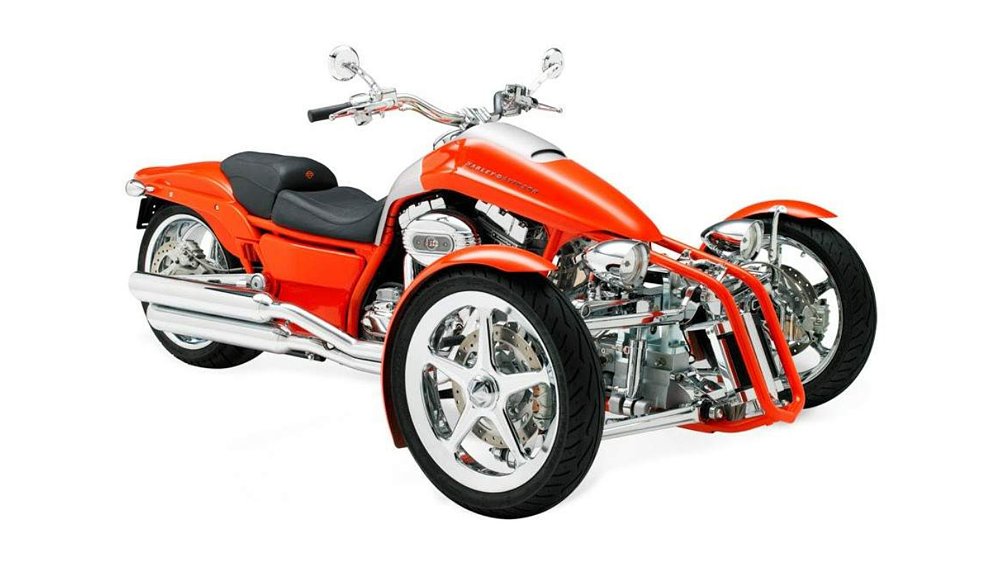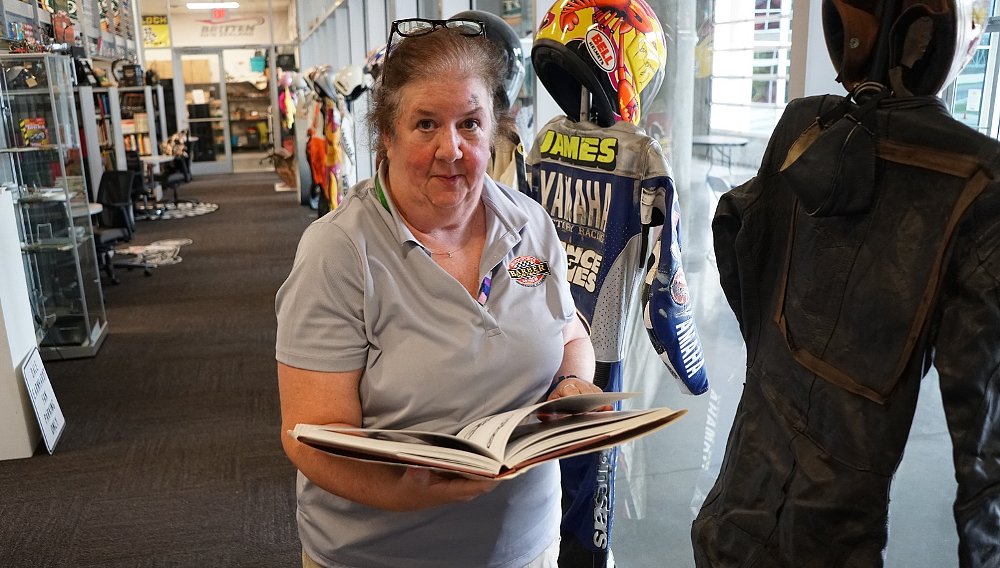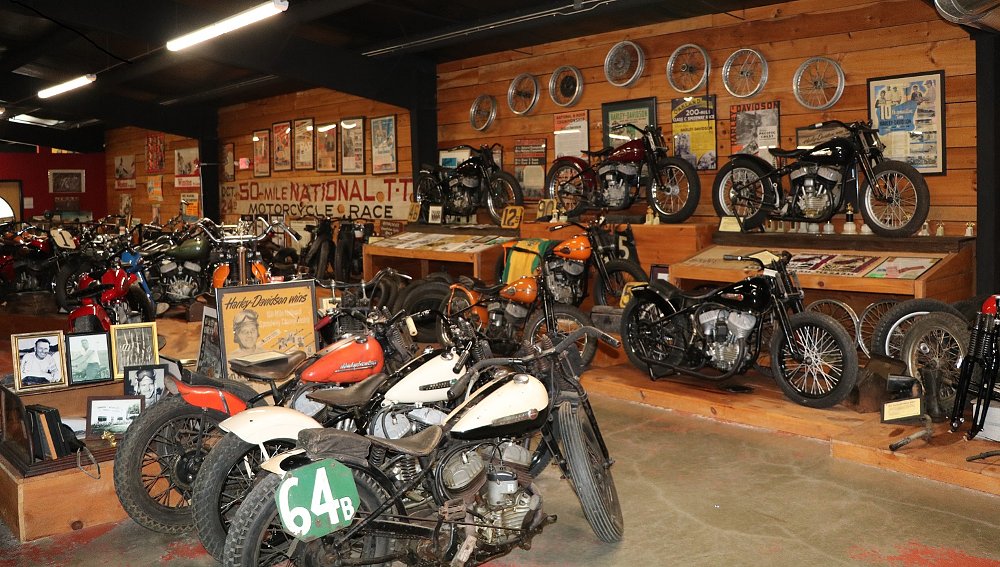If you aren’t in the know, you’ll drive right past the world’s largest collection of BMW motorcycles. And that would be a shame.
Tucked away in a quiet neighborhood in Huntington, New York, the street-facing side of the Nettesheim Museum masquerades as another Long Island house, neat as a pin, with stout wooden doors and a tidy driveway with no oil stains. But wait, is that Kevin Cameron looking at a BMW Isetta? This must be the place.
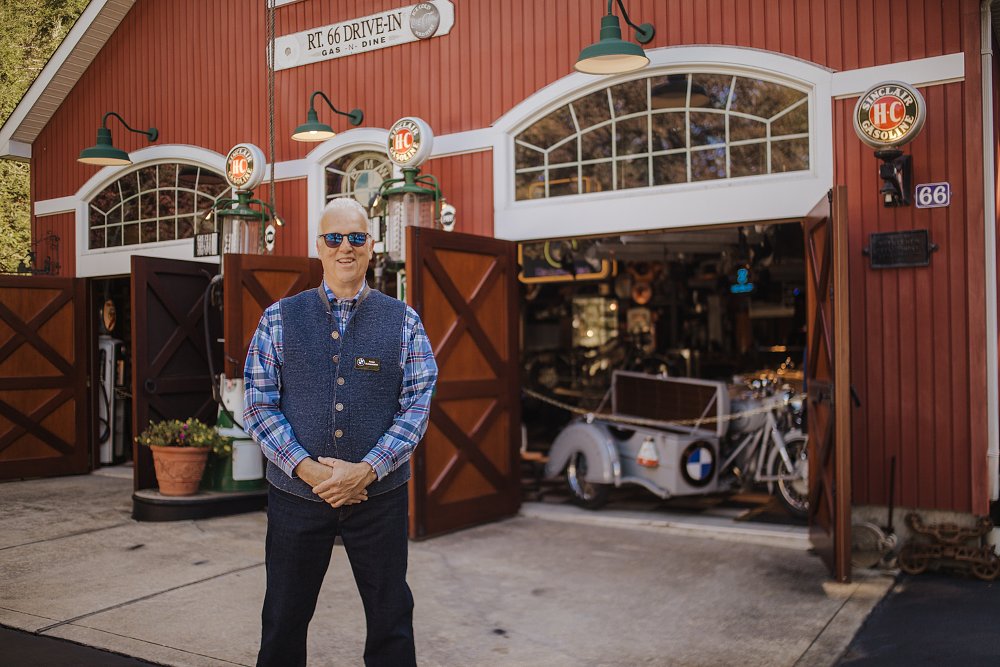
Peter Nettesheim, the man behind this jaw-dropping collection, opened his home-slash-museum to the motorcycling press for a tour after the release of the R18 lineup. I’ve never seen anything like it, and chances are, you haven’t, either.
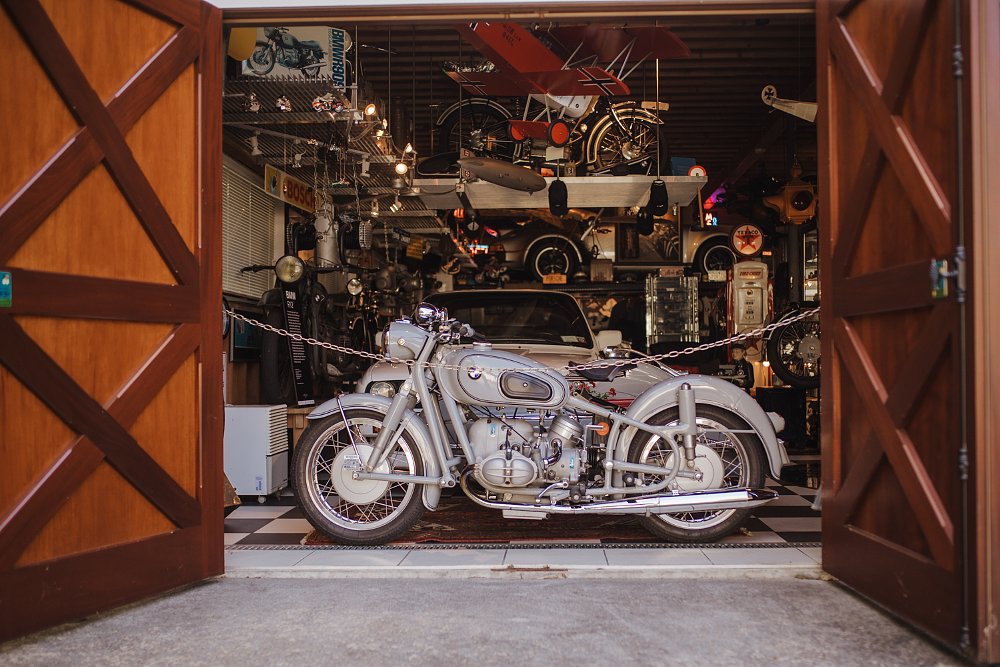
Step inside those wooden doors and it’s Bayerische Motoren Werke from wall to wall, floor to ceiling, spilling into the patio and outbuildings around Peter’s property. The sprawling collection includes at least one of every BMW model built from 1923 to 1970, plus a number of post-1970 models and other German vehicles. Nearly all of them run, and the majority are road-ready with plates and current inspection. “I got tired of taking them in for inspections all the time,” Peter laughs. “So I became a New York inspector, and now I just do the inspections myself!” By day, he works full-time selling Freightliner trucks.
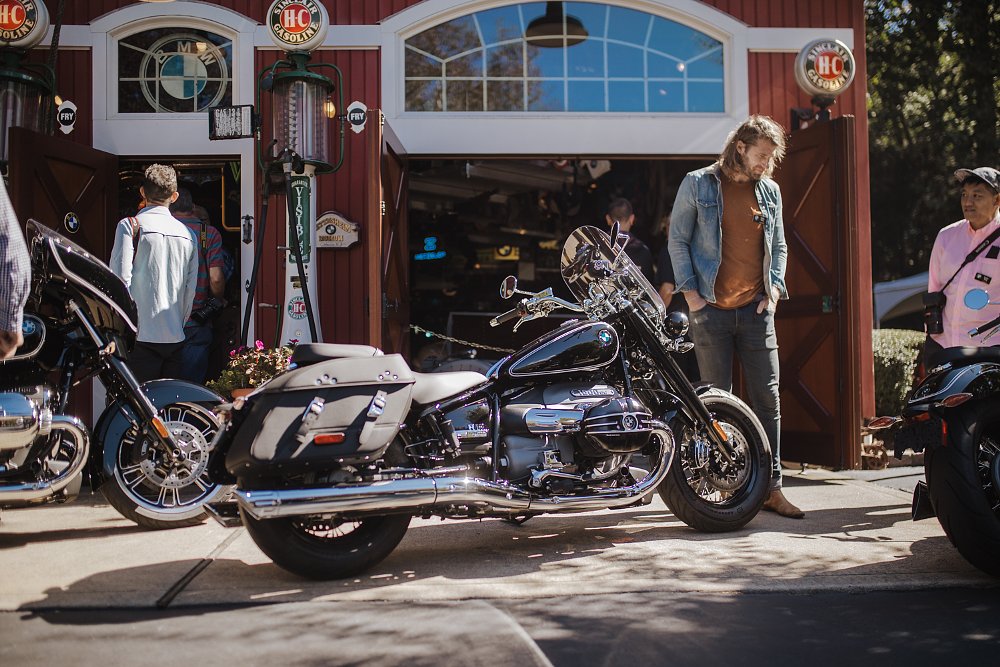
“Everybody asks me, ‘How do you have enough time? Where do you find the time?’ Get away from the TV, and you'll find out how much time you have,” he says.
Peter has the skills and equipment to handle every step of vintage BMW restoration, although he will send parts out for paint. “Nobody within 3,000 miles knows those engines like I do,” he says, pointing to one of his early BMWs. “But there are 10 painters within 10 miles of here who can do a better job than me.”
Replacement parts aren’t available for his oldest bikes, but Peter is a skilled machinist and makes whatever he needs. All his parts and inventory are cataloged in his computer.
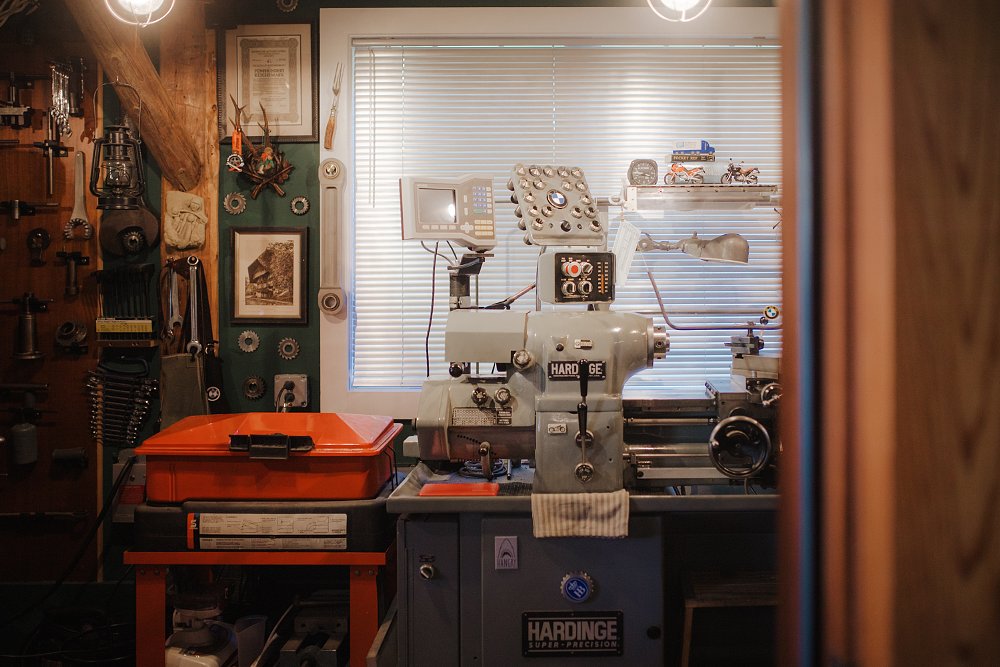
“I'm not really impressed when I hear about self-taught machinists,” says Peter. “I think there are people who have an aptitude for learning on their own. But to me, the best craftsmen are not only people who are capable of learning, but also have had mentors who can pass 50 years of knowledge on. All that experience, and they can pass it on within a year, combining the knowledge of prior craftsmen through studies or working with them. To me, those are the ones who end up being the most qualified.”
Peter’s mentor worked out of a machine shop in his home (perhaps a source of inspiration in more ways than one) and, as a specialist for Northrop Grumman, made parts that now sit on the moon. “Unfortunately, he passed away long before I could learn a lot of his additional knowledge, but he was really good,” Peter remembers. Airheads are a little more forgiving than aerospace, thankfully.
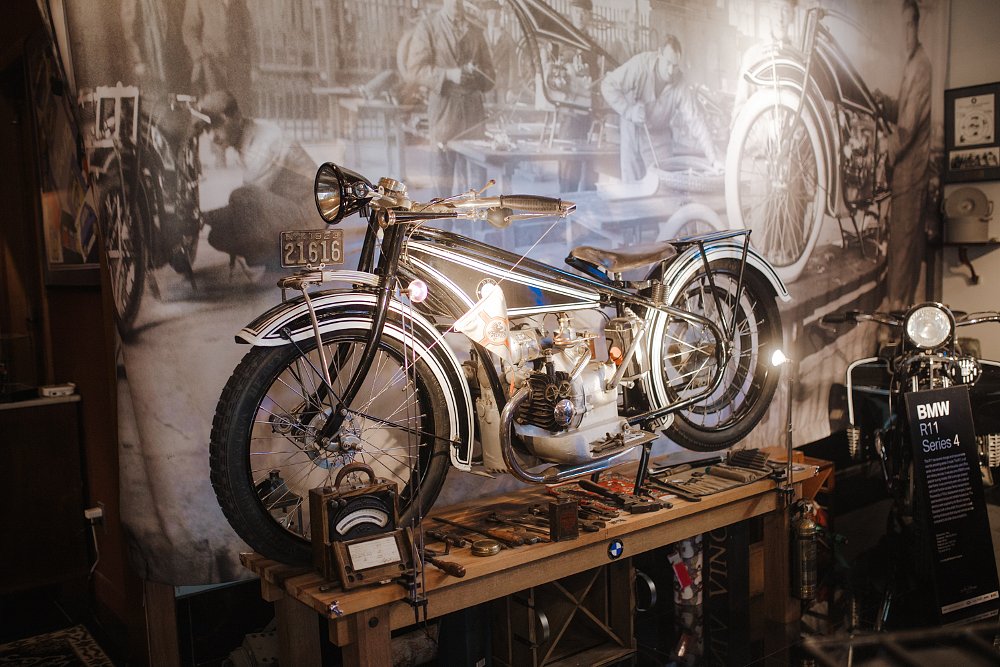
The result of all Peter’s effort is staggering, starting with his eight R32s. This model was BMW’s first production motorcycle. Few of these early bikes survive, which means his example, the 22nd built, is the oldest BMW vehicle in the world by serial number.
That hasn’t stopped him from venturing into even older bikes tied to BMW’s history. “In the earliest days, BMW was just making engines,” Peter explains. “They made engines for airplanes, engines for tractors, boats, stationary engines... and they also made engines for motorcycles. One of their biggest customers for those motorcycle engines was Victoria from Nuremberg, Germany. This model [pointing to a bike on a stand], the KR1, used a BMW motorcycle engine and was built in 1920.” Despite owning the oldest Beemer, he has its ancestors, too. This is collecting to the nth degree.
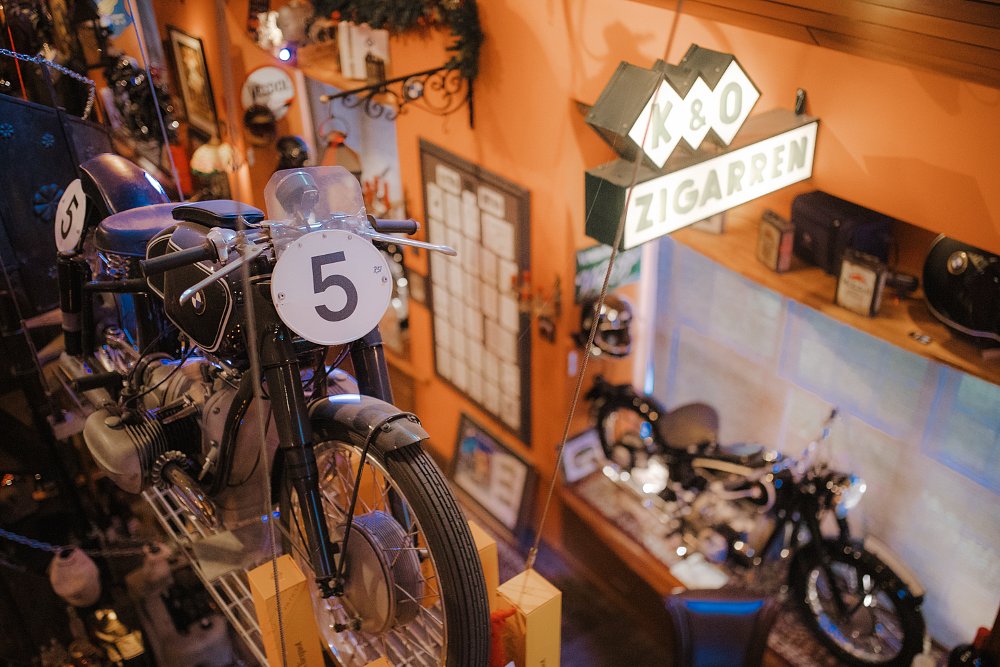
Motorcycle museums usually display bikes by lining them up in a white room and placing placards by the front tires. That’s not the Nettesheim way. Peter has individualized lighting and period-correct accoutrements for almost every display, be it old signage or an ultra-rare factory option. He also has a unique agreement with BMW: They can borrow his historic motorcycles at no charge, but when they are returned, Peter gets to keep BMW’s informational displays to place behind the bikes in his museum. Modern graphics are balanced by the warm lighting and motorcycling artifacts carefully situated in every room. At the bar, beer flows from a repurposed boxer engine with (you guessed it) a tap on each cylinder.
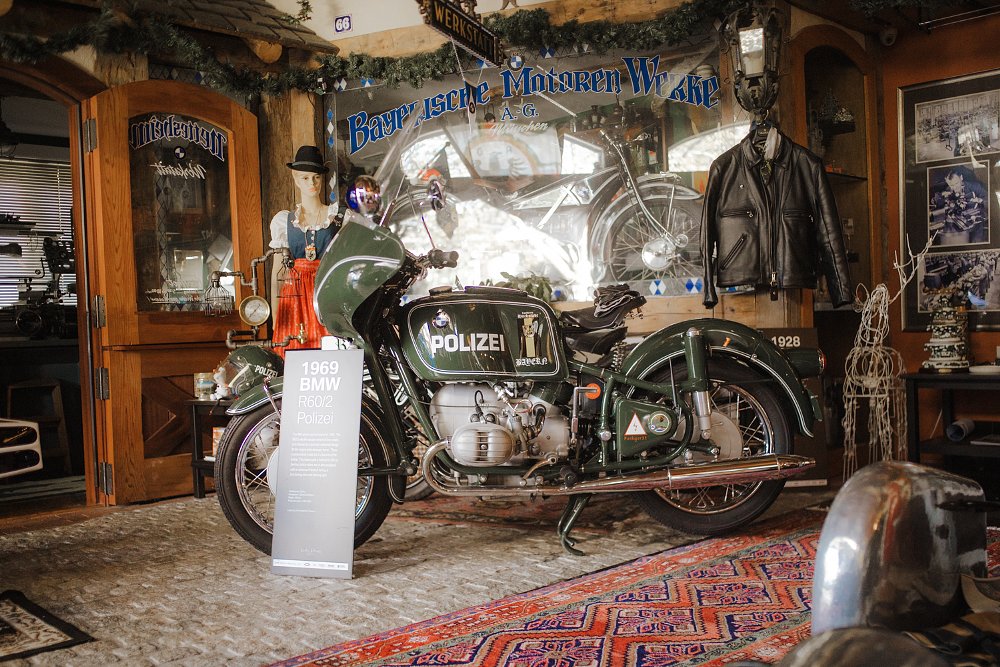
The museum’s curator is as well prepared as his machines. Point to any bike and he’ll know the full model history from memory, the provenance of his particular example, and probably a story or three you won’t hear anywhere else in English. He makes pilgrimages to Europe twice a year to look for bikes, parts, and related history. “Every single prewar BMW I own was from Europe,” he explains. “They were never sold here officially back then, and all the demand was in Germany.”
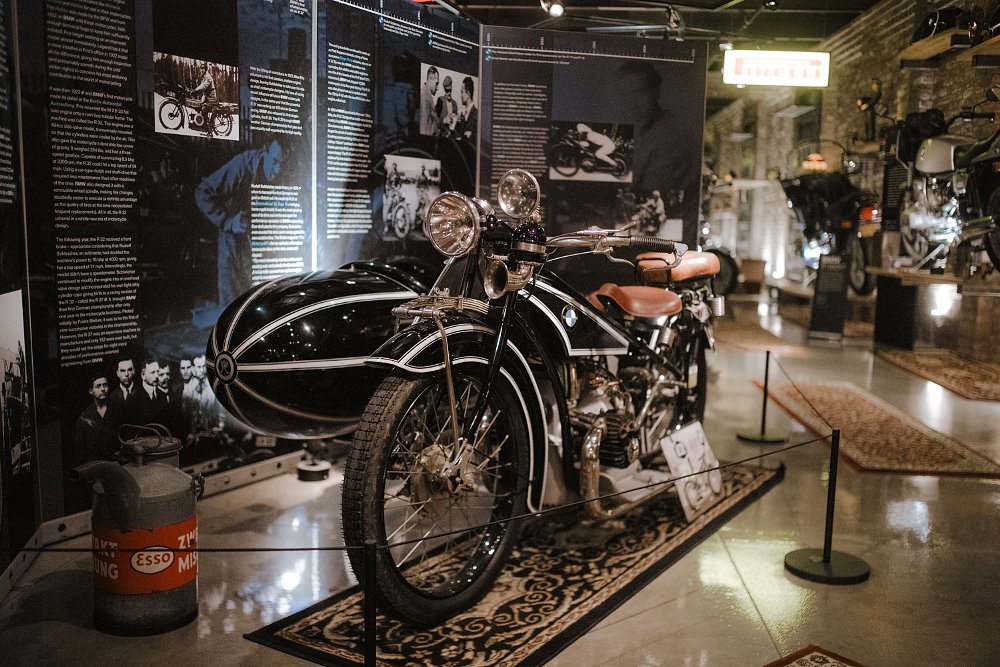
One of the rarest vehicles in the collection is a 1932 F76. These front-bed utility trikes were used by farmers, florists, and other folks moving light cargo. Peter has the only one in the world that’s restored and operating. Of course, his is set up as a motorcycle hauler with another R32 strapped down.
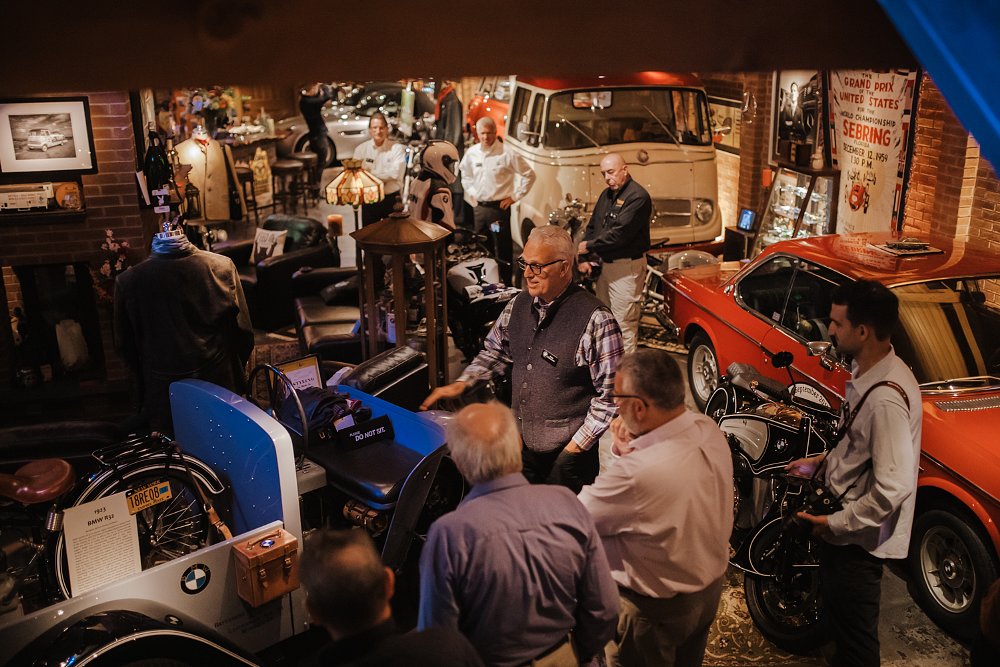
The F76’s little engine fired up on the fourth kick and settled to a placid idle. As visitors walk around the trike, shaking their heads, Peter recounts a story of seeking out an old master mechanic in Germany for help with the oil leaking out of the F76’s transmission. “There's not supposed to be oil in the case,” the mechanic said. “It's grease in there!” Other antique bike problems, like which type of wood works best for antique brakes, keep Peter on a constant hunt for obscure knowledge. (Ash gave the best performance in testing, so that’s what he uses.)
Capturing each and every piece in the Nettesheim Museum is beyond the scope of this article, but three bikes really stood out to me. The first is that R32 (s/n 22) shown earlier: a true survivor that even BMW covets. They don’t get any older than that in the world of Motorrad... and he has seven more of them. Here is a man obsessed.
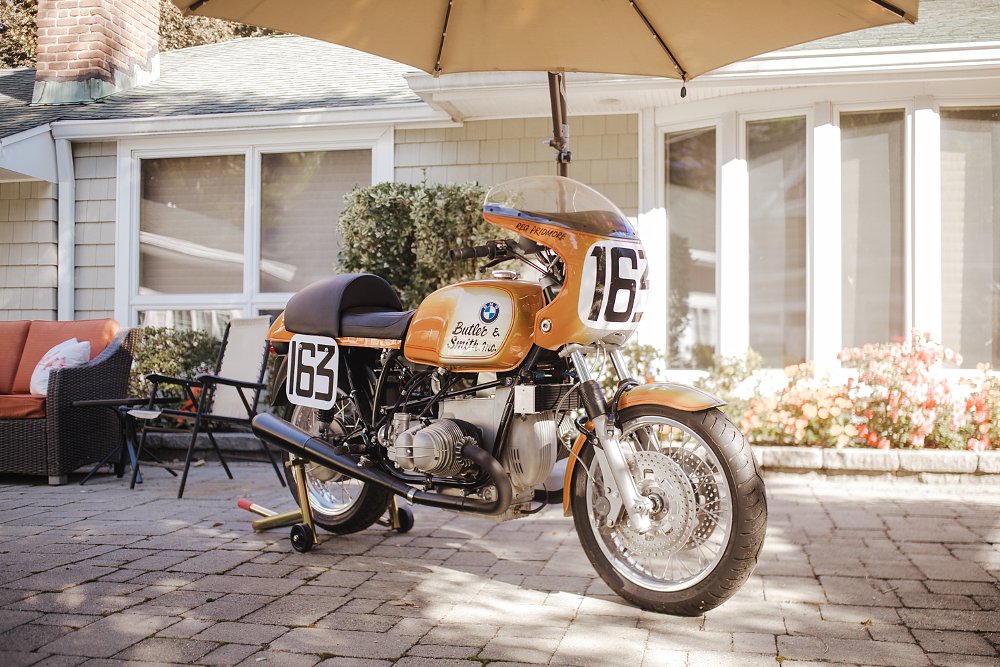
My second choice would be a very special R90S. This is Reg Pridmore’s Butler & Smith race bike, the very same motorcycle that won the first AMA Superbike Championship in 1976. Here it sits in the late September sunshine, 45 years later.
After tracking down the bike, Peter commissioned the original builder for a complete restoration. Something about Pridmore's R90S in this house-shaped museum captures the feel of the place. Here is a perfect unicorn of a motorcycle celebrated in a wholly unconventional way.
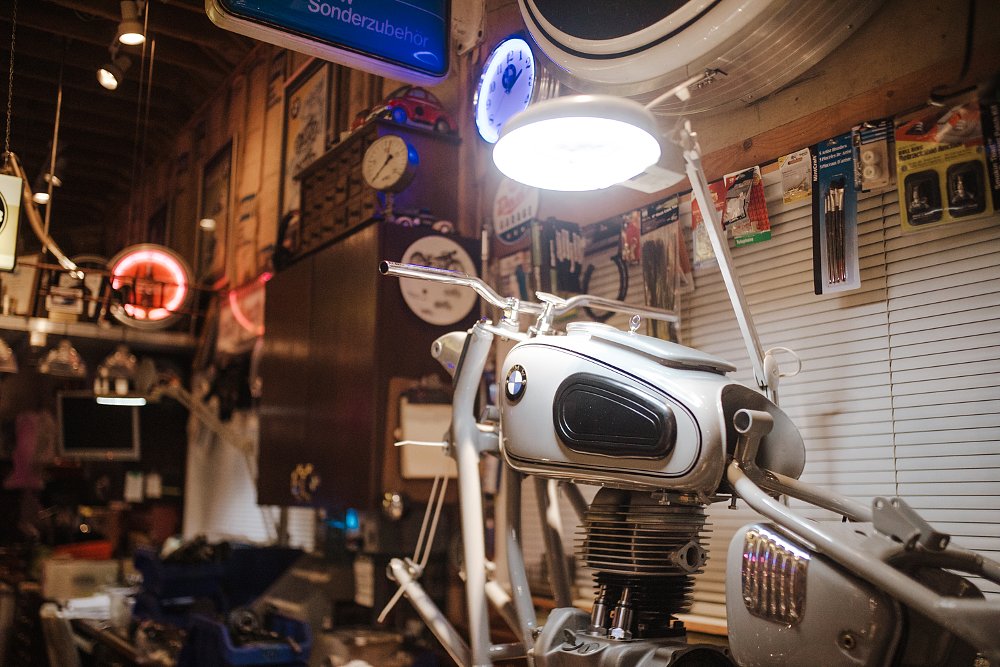
And my third choice? It isn’t finished yet. Tucked in Peter’s workshop is a custom he’s building from an early frame and a later, punchier engine. He is combining and adapting multiple generations of BMW parts together into something that makes him smile. There are components on this build that I can’t even identify, like a cable-actuated whistle that operates on crankcase pressure. The man knows how to restore a motorcycle by the book, but he also does what he likes.
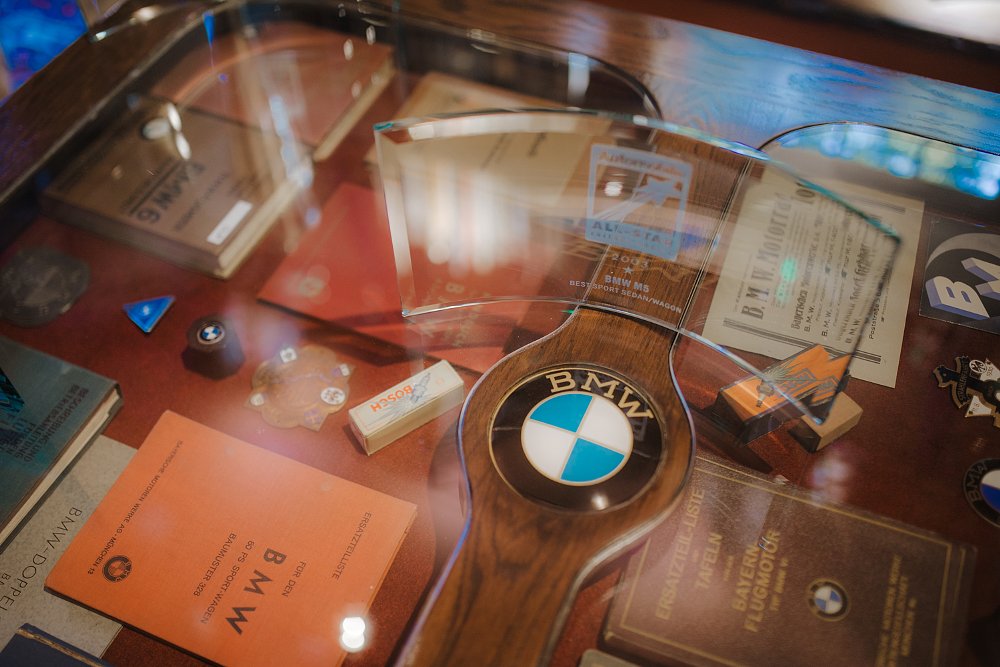
Peter is already working on the next directions for his museum. Above the two floors of motorcycles, he’s busy finishing a library full of BMW books, manuals, sales literature, and other materials spanning a century of BMW. Much of it came from a closed-up dealership in Switzerland that became a sort of time capsule until Peter and another BMW fanatic bought and preserved its contents.
“I’m going to build a seating area over there, and a history wall back there,” Peter points. “The gift shop will be here, and I'll have an old motorcycle shop over there with the lathe in it.”
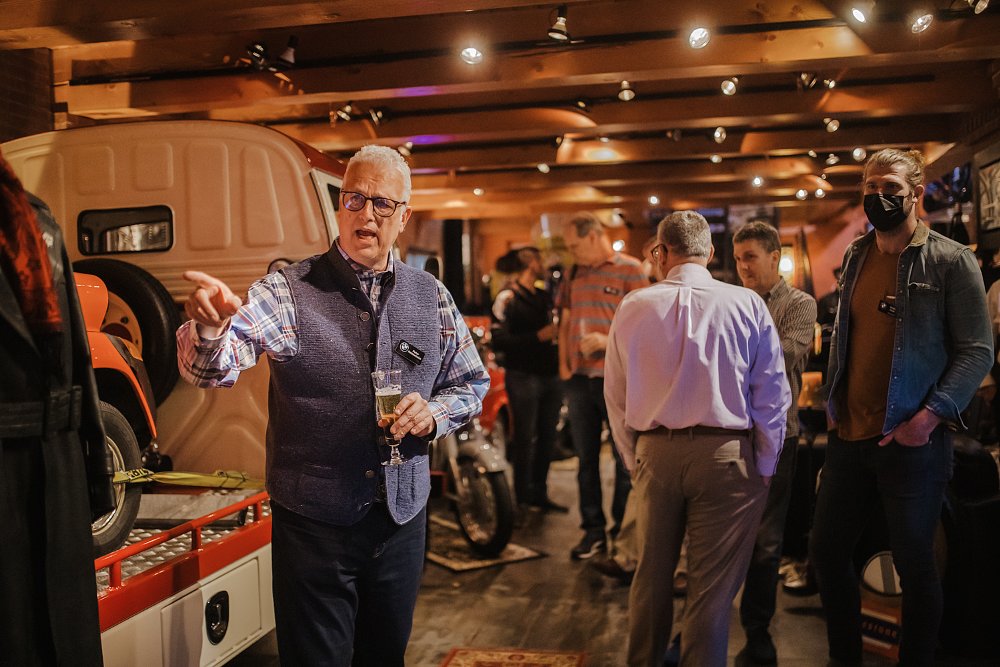
The collection is constantly growing, too. He likes to keep three restorations going at all times. “If you want to make progress, you must have three going,” Peter says. Even if I am waiting for parts, I want to be working on something.”
Peter is always interested in sharing his passions for the brand and hearing from others. If you want to chat about the brand or have something BMW that Peter might be interested in, contact him at bmwmuseum@hotmail.com











